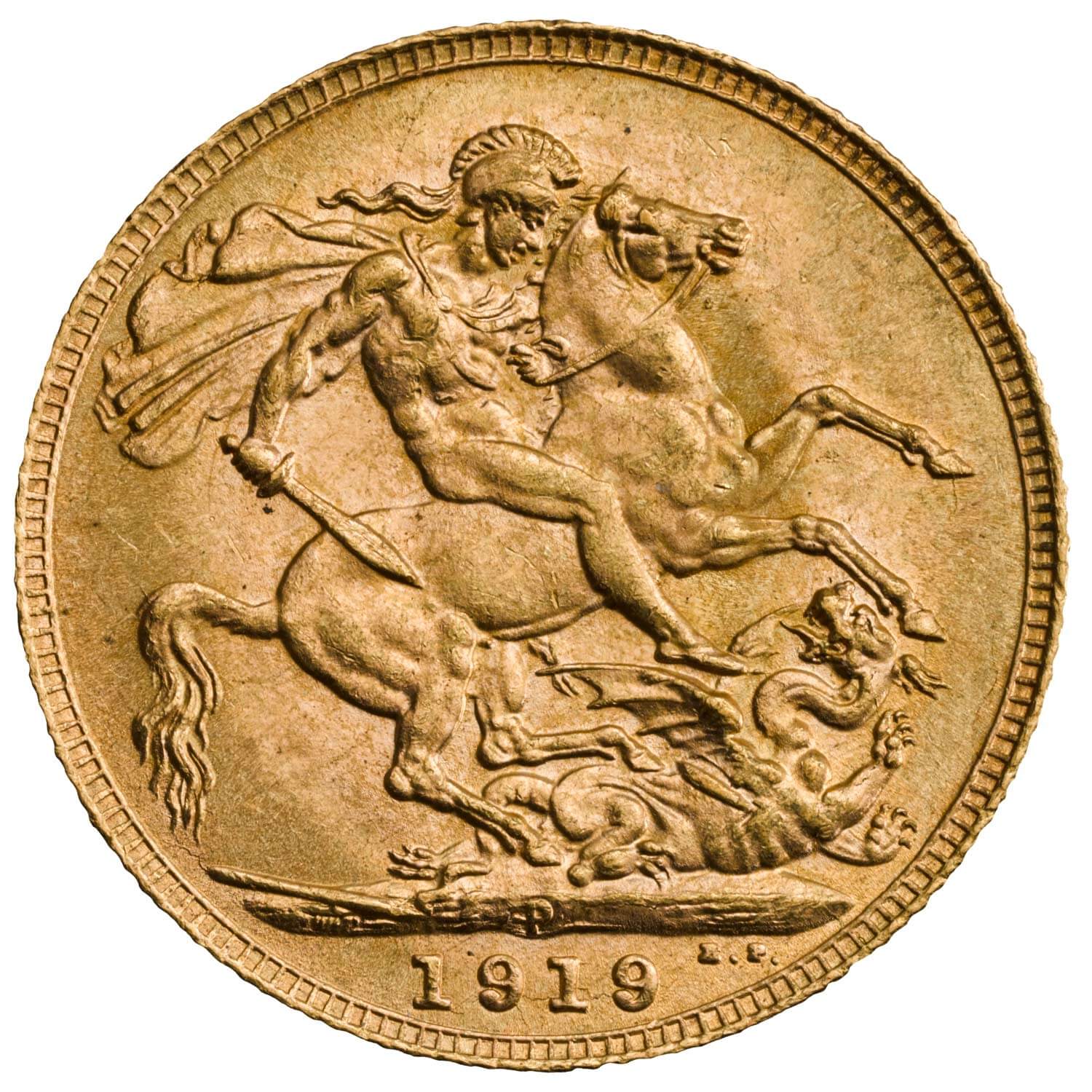The BRICS nations and new prospective members have been actively increasing their gold reserves while reducing their holdings of US Treasury bonds.
The World Gold Council reported that BRICS countries were the largest buyers of gold in 2022 and 2023, with this trend continuing into 2024.
In 2024, China alone offloaded $53.3 billion worth of US Treasury bonds while accumulating substantial amounts of gold.
Similarly, India recently added an additional 9 tons of gold to its holdings after repatriating more than 100 tons of its assets from London vaults earlier this year, aligning with the broader BRICS strategy.
Growing Interest in BRICS Membership
The BRICS alliance is attracting interest from numerous developing countries, many of which are eager to join the bloc and participate in its de-dollarization agenda.
In 2024 alone, around 10 new countries have expressed interest in joining BRICS, with 30 countries formally submitting applications and another 15 expressing informal interest.
The 16th BRICS summit, scheduled for October 2024 in Russia’s Kazan region, is expected to discuss the induction of new member countries as well as the introduction of a new gold-backed currency unit.
This collective economic strength could challenge the dominance of traditional Western-led financial institutions like the IMF and World Bank.
This would reduce reliance on Western markets and create a more diversified global economy. Together the BRICS countries account for more than 40% of the world population and a quarter of the global economy.
By reducing reliance on the US dollar and increasing gold reserves, BRICS countries aim to strengthen their local currencies from the volatility of the US dollar.
So far, this strategy has led to increased spot gold prices in recent years due to higher demand from central banks, while simultaneously putting downward pressure on the value of the US dollar.
China and Russia Gold Reserves
Historically, gold was used to back currencies directly under the gold standard, where the value of a currency was directly linked to a specific amount of gold.
China has been one of the most aggressive gold buyers, adding approximately 225 tonnes to its reserves in 2023 alone.
China’s housing market is experiencing a downturn while the banking sector has seen instability, with 40 banks disappearing in one week and being absorbed by larger institutions.
While China has put a pause on buying in recent months, demand from Chinese investors continues to move gold from the West to the East.
Prior to the start of the war in Ukraine, Russia’s long term strategy has been to diversify its reserves away from the US dollar. Overall, the sanctions placed by the West following the invasion have had little impact on the Russian economy.
Russia has also been a significant buyer of gold. Earlier this year, the country announced that it allocated $2.5 billion for foreign currency and gold purchases, with its reserves standing at around 2,352 tonnes.
Strategic Impact on Global Markets
The increased gold reserves of BRICS countries are part of a broader strategy to reduce reliance on the US dollar and bolster financial stability. Here’s how this affects global markets:
By increasing their gold reserves and reducing their holdings of US Treasury bonds, BRICS nations are pushing towards de-dollarization. This shift is aimed at reducing their vulnerability to fluctuations in the dollar and US economic policies.





